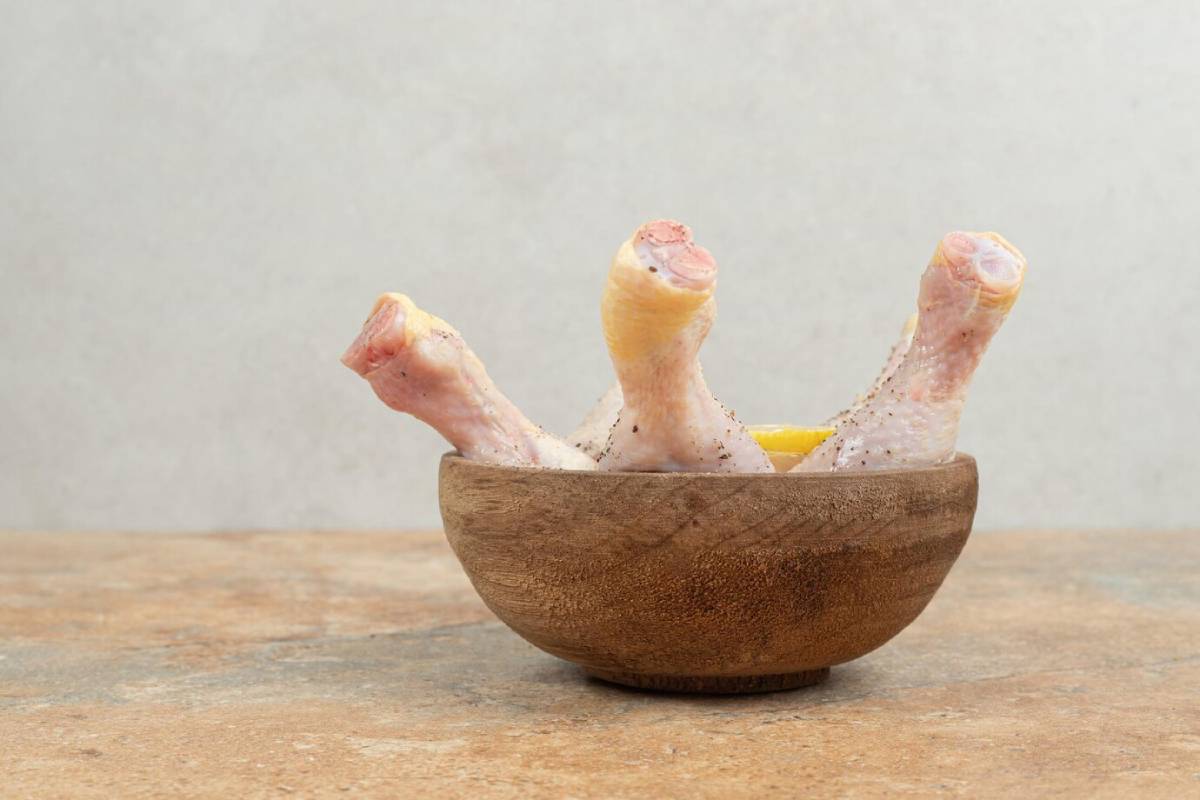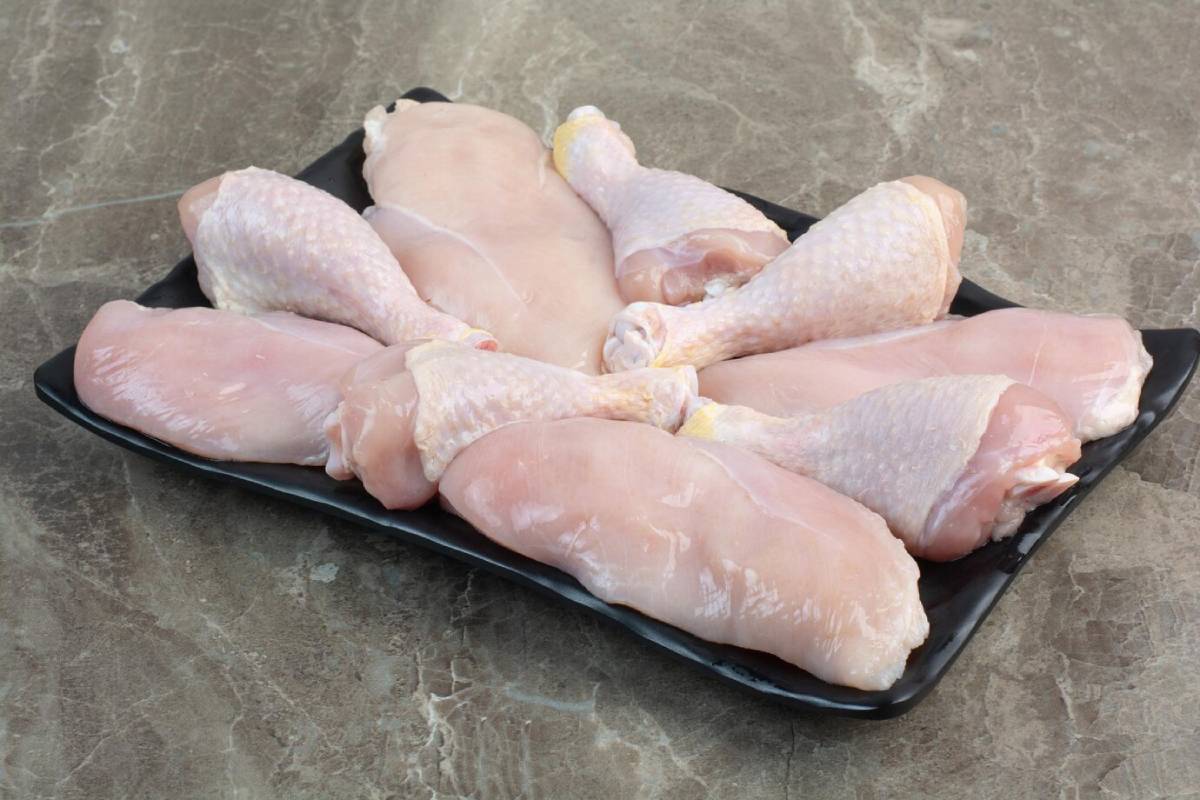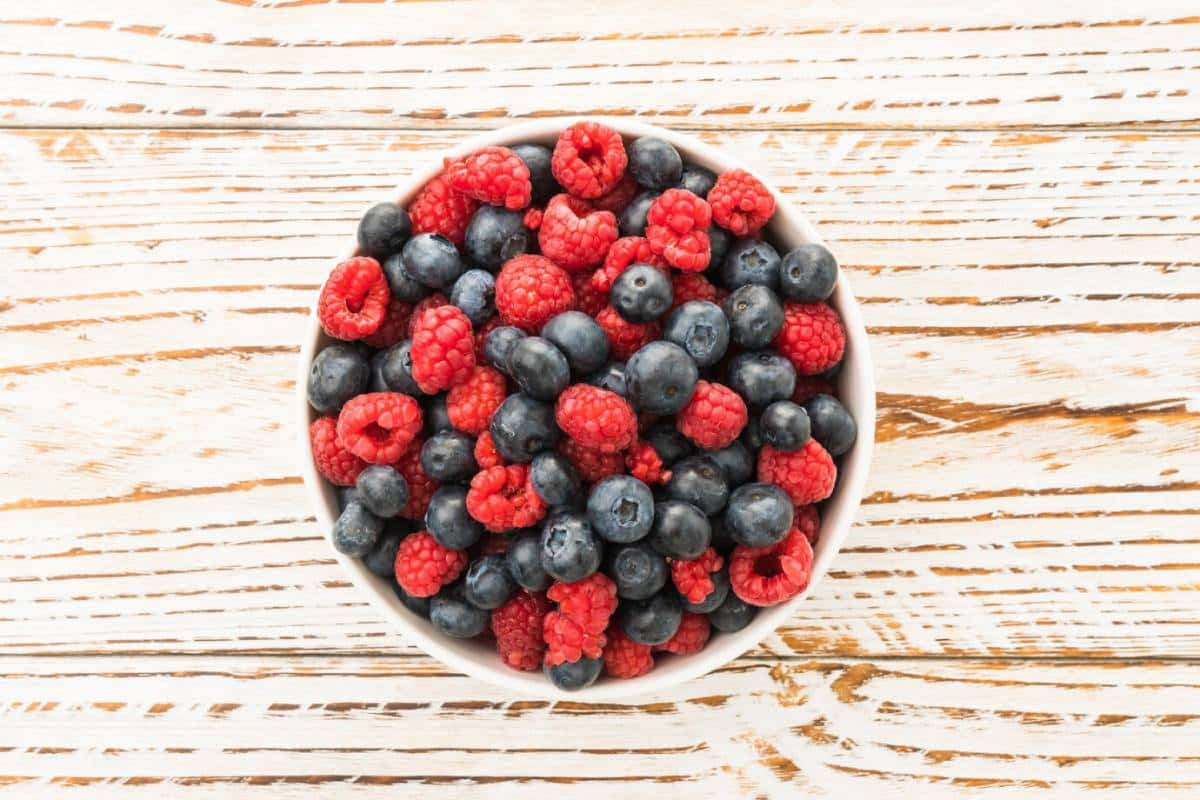
Raw vs. Cooked Dog Food: Nutritional Comparisons
Feeding your dog isn’t just about filling a bowl – it’s about fuelling their vitality, longevity, and happiness. With the rise of homemade pet diets, many dog owners are now caught in a tricky tug-of-war: raw vs cooked dog food. Which is healthier? Safer? More digestible?
This post dives deep into the nutritional ins and outs of both raw and cooked dog food, helping you make the most informed, confident choice for your four-legged companion.
Why Homemade Dog Food is on the Rise
Homemade meals for dogs have seen a major boost in popularity, and it’s no surprise why:
- Pet parents crave control. You know exactly what goes into your dog’s bowl.
- Health concerns drive change. Many dogs suffer from allergies, sensitive stomachs, or skin issues.
- Food recalls and fillers in commercial food make homemade seem safer.
But choosing between raw and cooked methods opens a new can of worms.
What Exactly is Raw Dog Food?
The Basics
A raw diet mimics what dogs’ wild ancestors might have eaten. Think uncooked muscle meat, bones, organs, raw eggs, some vegetables, and minimal processing.
Common Ingredients

- Raw beef, chicken, turkey, or lamb
- Ground bones or bone-in cuts
- Liver, kidney, and other organs
- Raw egg
- Leafy greens or grated carrots
This is often referred to as a BARF diet – Biologically Appropriate Raw Food.
Claimed Benefits
Raw advocates report benefits like:
- Shinier coats and cleaner teeth
- Better stool quality
- Increased energy
- Reduced allergies
But are these claims backed by science? We’ll explore that below.
What is Cooked Dog Food?
The Basics
Cooked dog food is just what it sounds like: meals that include cooked proteins, grains, and veggies. These can be gently simmered, baked, or even made in an Instant Pot.
Common Ingredients

- Cooked lean meats (chicken, beef, turkey)
- Brown rice, oats, or sweet potatoes
- Cooked peas, carrots, spinach
- Fish or coconut oil for healthy fats
Claimed Benefits
Many vets and nutritionists support home-cooked diets because:
- Cooking neutralises bacteria and parasites
- Nutrients are still preserved with gentle cooking
- It’s easier to balance over time with guidance
Nutritional Comparison: Raw vs Cooked
1. Digestibility
- Raw diets can be harder on dogs with sensitive digestion. Bones and rich organ meats may upset some stomachs.
- Cooked diets are gentler and easier to digest, especially for puppies and senior dogs.
2. Nutrient Retention
- Cooking does reduce some heat-sensitive nutrients like B vitamins.
- But raw diets may also lead to imbalances if not carefully formulated. For example, too much liver can cause vitamin A toxicity.
3. Protein Quality
- Both diets can be rich in high-quality protein.
- Light cooking (like steaming) can even improve protein digestibility without destroying nutrients.
4. Bone Content and Safety
- Raw bones can aid dental health but pose a risk of choking or internal injury.
- Cooked bones must always be avoided as they splinter easily.
5. Bacterial Risk
- Raw meat may contain Salmonella or E. coli. Healthy adult dogs may tolerate low exposure, but it’s risky for immunocompromised pets or humans in the household.
- Cooking neutralises most harmful pathogens, making it safer.
Real-Life Example: Archie’s Story
Archie, a six-year-old Labrador, struggled with itchy skin and chronic diarrhoea. His owner tried premium kibble with no luck. A raw diet improved his coat, but he began vomiting intermittently. After switching to a lightly cooked diet, his symptoms eased, and his energy soared.
This mirrors a common journey: finding what works is often trial and error.
Expert Opinions: What Do Vets and Nutritionists Say?
- Dr. Lisa Freeman of Tufts University warns that most homemade raw diets are not balanced without expert input.
- The British Veterinary Association (BVA) urges caution with raw meat due to hygiene concerns.
- Pet nutritionist Clare Hemington notes that gently cooked diets are easier to tailor for specific needs, especially for dogs with conditions like pancreatitis.
Tips for Making Either Diet Safe and Balanced
If You Choose Raw:
- Work with a canine nutritionist
- Freeze meat before use to kill parasites
- Rotate proteins and add supplements
- Maintain strict hygiene in the kitchen
If You Choose Cooked:
- Avoid seasoning and salt
- Lightly steam or bake ingredients to preserve nutrients
- Include calcium sources (like crushed eggshells)
- Consult a vet or nutritionist for balance
Cost and Convenience
- Raw diets can be costly and require freezer space.
- Cooked meals are more forgiving and easier to batch prepare.
Time-wise, both methods require planning, but pressure cookers and slow cookers can help streamline the process.
Which Diet Is Best for Your Dog?
It depends on:
- Your dog’s health history (allergies, digestive issues, age)
- Your comfort level with raw food handling
- Your lifestyle and available prep time
Many owners settle on a hybrid approach, feeding mostly cooked meals with occasional raw toppers or treats.
The Bottom Line: Informed Choice Equals Healthy Dogs
Whether you choose raw or cooked, the key is balance, quality ingredients, and awareness of your dog’s needs. Every dog is different, and what nourishes one might not suit another.
Don’t be afraid to experiment (safely) and monitor how your dog responds.
Nourish with Confidence

Feeding your dog should be a joyful, informed act of love. Understanding the differences between raw and cooked dog food equips you to choose what aligns with your values, lifestyle, and most importantly, your dog’s health.
Have you tried raw or cooked meals for your pup? Share your experience in the comments or ask questions below!


